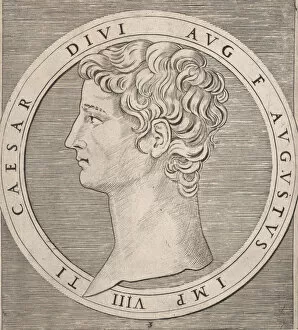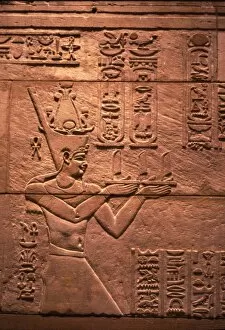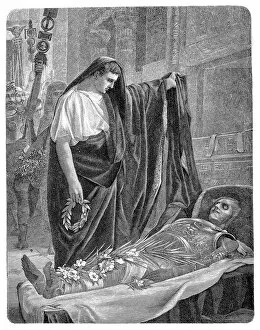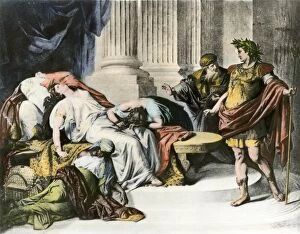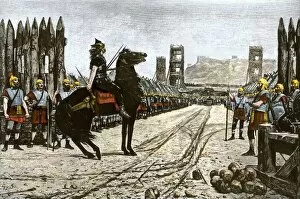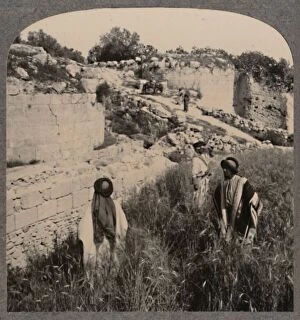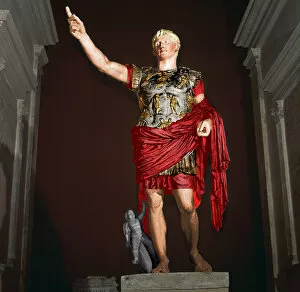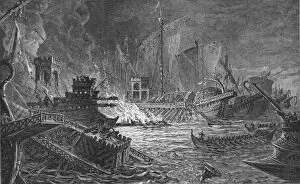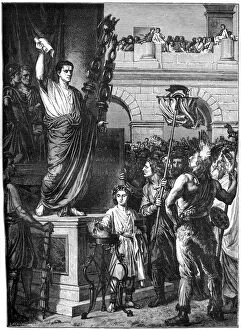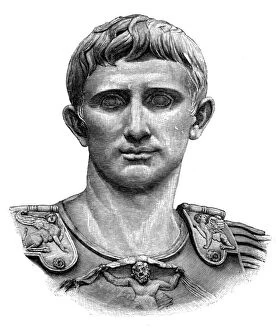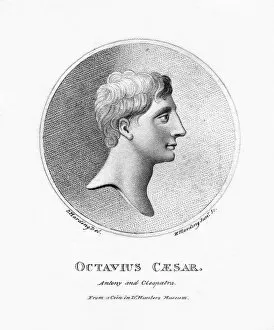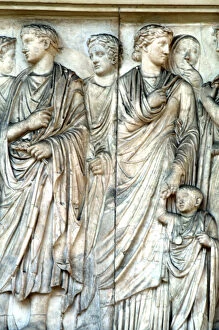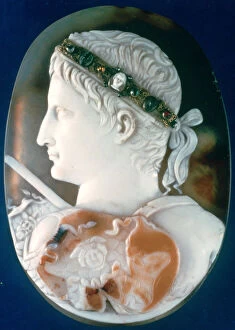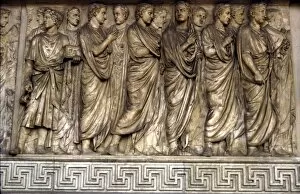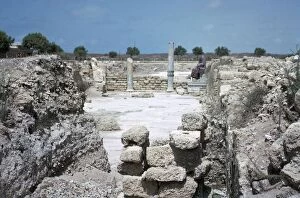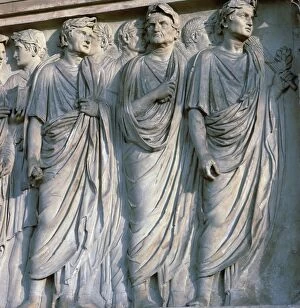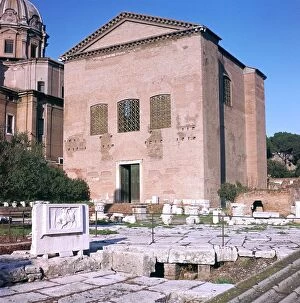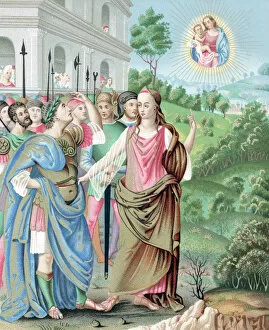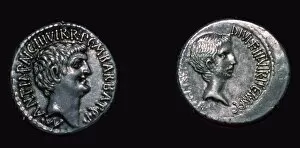Augustus Caesar Collection (#3)
"Augustus Caesar: The Iconic Legacy of Rome's First Emperor" Step back in time and immerse yourself in the captivating world of Augustus Caesar
For sale as Licensed Images
Choose your image, Select your licence and Download the media
"Augustus Caesar: The Iconic Legacy of Rome's First Emperor" Step back in time and immerse yourself in the captivating world of Augustus Caesar, the renowned Roman emperor who left an indelible mark on history. From his bronze head discovered in Meroe, Sudan, dating back to 27-25 BC, to the enigmatic interview between Octavian and Cleopatra captured by an unknown artist in 1890, these artifacts offer glimpses into the life of a legendary ruler. Intriguingly depicted as Jupiter himself in a stunning statue from the first half of the 1st century BC, Augustus personified power and divine authority. Even his death was shrouded in mystery, as evidenced by an anonymous artwork from 1890 that leaves us pondering over its creator's intentions. The influence of Augustus extended beyond Rome's borders; an Egyptian relief portrays him as Pharaoh offering homage to Isis during the 1st century. His visage also adorned various sculptures throughout ancient times—a remarkable head sculpted around 14 AD showcases his regal features with astonishing realism. One peculiar representation merges contemporary fashion with reverence for this great leader—an individual donning a toga bearing Augustus' head combines artistry from both 20 BC and later periods. A marble bust further immortalizes his likeness for generations to admire. Not only did Augustus inspire artists but he also captivated their imaginations—Paris Bordone's "The Apparition of the Sibyl to Caesar Augustus" transports viewers into a mystical encounter between divination and destiny. Similarly, another anonymous masterpiece depicts The Tiburtine Sibyl revealing visions of Christ and Virgin Mary to Emperor Augustus—a testament to how this historical figure continues influencing artistic expression even centuries later.

